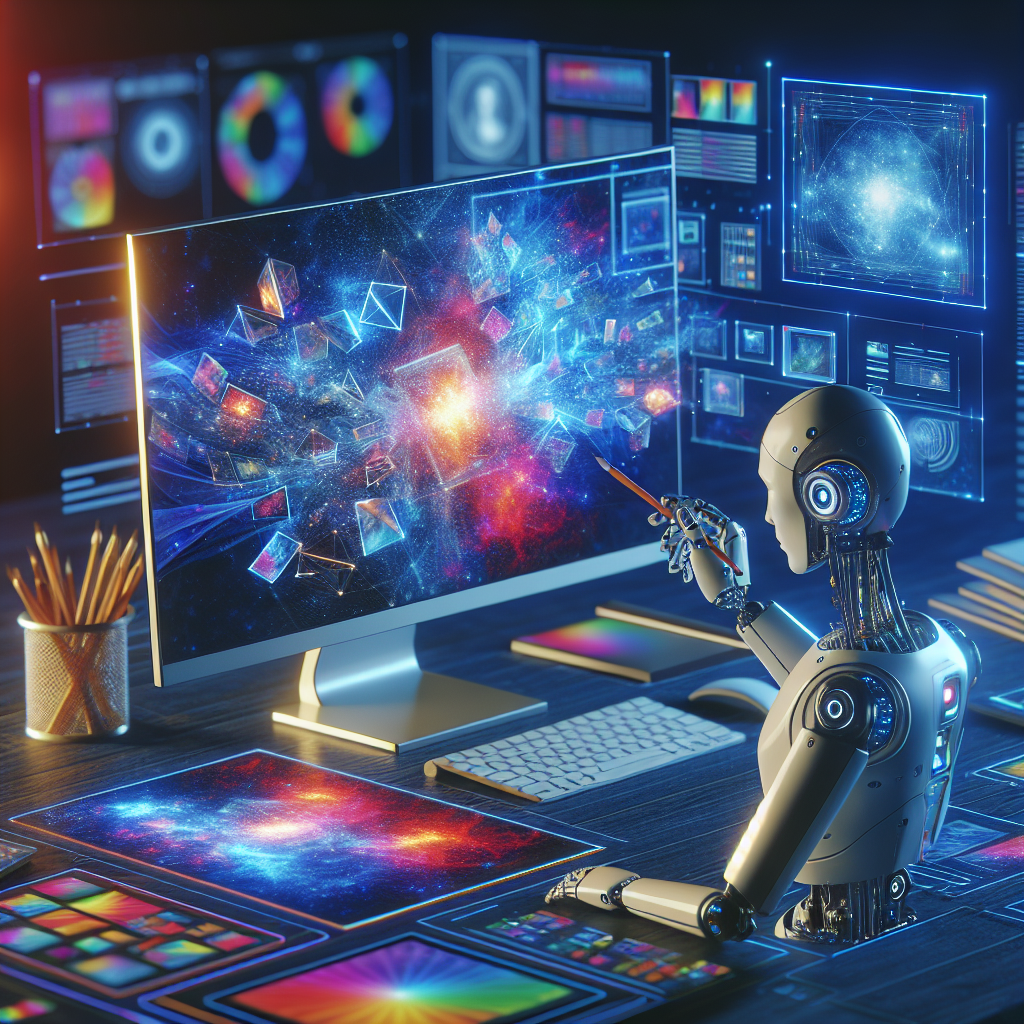Flux: The New Wave of Open Source AI Image Generation
The world of artificial intelligence has been witnessing a significant surge in innovation and creativity in recent years, particularly in the realm of image generation. The introduction of models like Flux, which is garnering attention for its remarkable capabilities and open-source nature, is revolutionizing the landscape of AI-generated imagery. This analysis delves into the features, advantages, and the impact of Flux on the current AI ecosystem, drawing insights from recent developments in the field.
A Glimpse into Flux's Features
Flux distinguishes itself as an open-source image generator that rivals popular models like DALL-E 3 and MidJourney. What makes Flux stand out is its exceptional text rendering capabilities that elevate the quality of generated images to an unprecedented level. The recent demonstrations of its functionality showcase how it can handle complex compositions and produce anatomically accurate representations, all while producing coherent and contextually relevant text.
Users have reported that Flux is impressively quick, with the ability to generate images in just seconds. This speed gives it a competitive edge, especially in scenarios where time is crucial. Furthermore, Flux provides users with various options, including custom aspect ratios and inference steps, allowing for a tailored experience that suits different creative needs. The ability to adjust settings grants users more control over the output quality and aesthetic.
Navigating Through the Unique Capabilities
Flux isn’t just about speed; it’s also about versatility. The platform allows users to create a diverse range of images, from whimsical illustrations to professional logos. The recent demonstrations included intricate prompts that produced surprisingly coherent outputs, underscoring Flux's ability to interpret and visualize even the most complex ideas.
The flexibility of the platform is particularly noteworthy. For example, when generating a fish-themed logo, users noted how Flux was capable of capturing the essence of the prompt while ensuring the text was clear and legible. This level of detail is rare in many other models, which struggle with text integration. Flux's capability to produce high-quality logos with relevant text further emphasizes its functionality beyond mere artistic rendering.
Open Source Advantage
One of the most appealing aspects of Flux is its open-source nature. This democratizes access to advanced AI technology, allowing developers, artists, and hobbyists to experiment without the constraints often associated with proprietary software. Open-source models not only promote innovation but also create a sense of community among users who can collaborate and share improvements.
By removing the barriers typically imposed by commercial software, Flux encourages creativity and exploration. Developers can build upon the existing model, enhancing its features or tailoring it to specific needs. As a result, we are likely to see a burgeoning community of creators who are not afraid to challenge the boundaries of AI image generation.
Ethical Considerations and Freedom of Use
As with any powerful tool, the ethical implications of using Flux cannot be ignored. The model's uncensored nature presents both opportunities and challenges. While users can generate diverse types of imagery, including potentially controversial content, it brings forth the responsibility of using such a tool wisely.
The creators of Flux have acknowledged the need for responsible use, urging users to focus on positive and impactful creations rather than malicious or harmful exploits. This sentiment resonates strongly in today's environment, where the rapid evolution of AI tools often raises questions about their societal implications. The open-source aspect, while empowering, also necessitates a commitment to ethical practices in AI usage.
The Future of AI Image Generation
The launch of Flux signals a promising trend in the AI landscape, especially in the realm of open-source solutions. As the community begins to embrace this model, it is likely to spur further developments, encouraging other developers to release open-source alternatives. The resurgence of accessible AI image generation tools puts creativity back in the hands of the people, fostering innovation and artistic expression.
Moreover, with ongoing advancements in AI technology, we can anticipate even more sophisticated models evolving from Flux and its successors. This could lead to breakthroughs in not only image generation but also video generation, as hinted by the development efforts from Black Forest Labs, the creators of Flux. The industry is poised for an exciting journey, as artists and developers push the envelope of what is possible.
In conclusion, Flux has emerged as a formidable contender in the AI image generation landscape. Its blend of speed, versatility, and open-source accessibility sets a new standard for creative tools. As the community continues to explore and innovate, one thing is clear: Flux is not just another image generator; it represents a shift toward a more inclusive and dynamic AI future.
[https://www.youtube.com/watch?v=oW24xgnqugU]
For those interested in exploring more about open-source AI models, you might find the following resources enlightening:
As we stand on the brink of this new era in AI technology, the advent of Flux signals a thrilling time for developers, artists, and creators alike. Embracing this open-source revolution could unlock endless possibilities, allowing everyone to participate in the creative process powered by cutting-edge artificial intelligence. The landscape is changing, and with it, we can expect a surge of creativity driven by the capabilities of models like Flux.
Related News
- The New Frontier in AI Image Generation: Flux and Its Transformative Power
- Unleashing Creativity with Flux AI: A Deep Dive into Image Generation
- Unveiling the Latest Innovations in AI Image Generation: A Deep Dive into Black Forest Labs' Flux Tools
- Unleashing the Power of Flux One: A New Challenger in AI Image Generation
- Unveiling the Realism: The Evolution of AI-Generated Imagery
